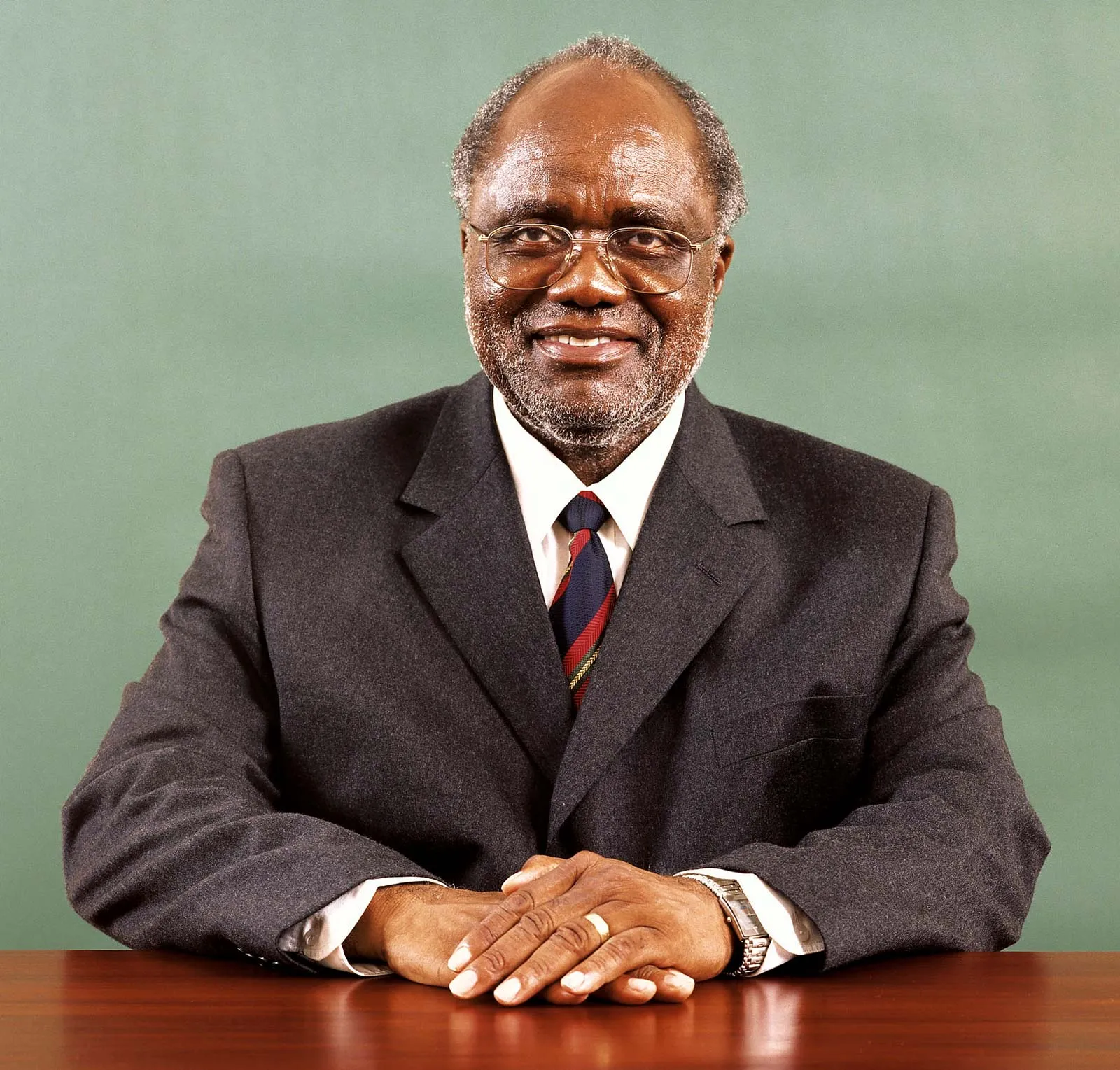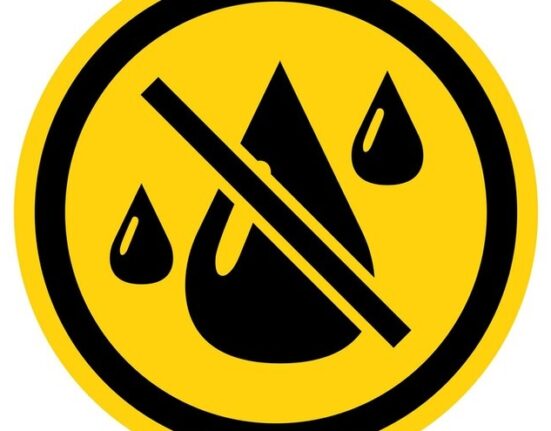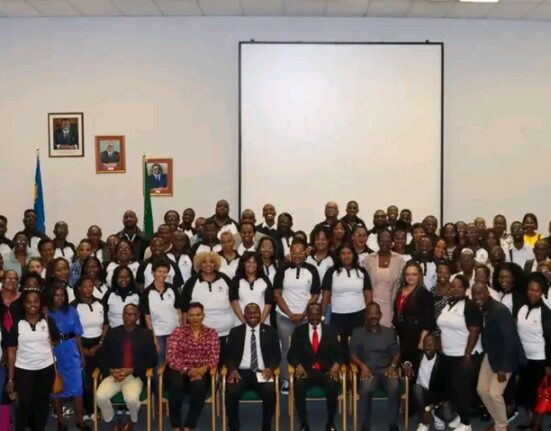Namibia, located in southern Africa, has a rich and varied history shaped by its diverse ethnic groups, colonial experiences, and the relentless pursuit of freedom and independence. The leadership of Namibia, from tribal chiefs to modern presidents, has played a pivotal role in shaping the nation’s identity and development. From pre-colonial times to the post-independence era, Namibia’s leaders have guided the country through significant historical moments, from resistance to colonization, to the establishment of a democratic state.
In this article, we explore the evolution of Namibia’s leadership, focusing on its tribal rulers, colonial figures, liberation movement leaders, and the country’s first presidents, examining how their roles have contributed to shaping Namibia’s political landscape.
1. Tribal Leaders: Guardians of Tradition and Power
Before the arrival of European colonizers, Namibia was home to numerous indigenous communities, each with their own systems of governance, leadership structures, and traditions. Tribal leaders were central figures in these societies, responsible for guiding their people, maintaining order, and upholding cultural norms.
- The Ovambo Kingdoms: The Ovambo people, the largest ethnic group in Namibia, were organized into powerful kingdoms such as the Uukwambi, Uukwaluudhi, and Oshikoto. Their leaders, known as kings or chiefs, were responsible for protecting their lands, managing resources, and leading military campaigns. One of the most notable Ovambo leaders was King Mandume Ya Ndemufayo, who led a resistance against Portuguese colonial expansion in the early 20th century.
- The Herero and Nama Leaders: The Herero people, another prominent group, were known for their strong leadership under figures like Samuel Maharero and Chief Hosea Kutako. Maharero’s resistance against German colonial forces in the early 1900s became legendary, and he is regarded as a national hero for his role in the Herero and Nama genocide. Similarly, Hendrik Witbooi, the Nama leader, became famous for his defiance against colonial oppression and his role in the Nama resistance.
- The San Leaders: The San people, also known as Bushmen, had their own decentralized form of leadership. Leaders in San society were often chosen for their wisdom, age, or skills in guiding the group through the desert, and their role was more egalitarian compared to other tribal structures. Despite their relatively low profile in Namibia’s colonial history, the San played an essential role in the early history of the region.
Tribal leadership in pre-colonial Namibia was closely tied to the land, social structures, and indigenous belief systems. However, the arrival of colonial powers and the imposition of European political systems significantly altered the role of tribal leaders.
2. The German Colonial Era (1884–1915): Colonial Leaders and Resistance
The arrival of German colonizers in the late 19th century marked the beginning of significant changes in Namibia’s leadership landscape. The establishment of German South West Africa in 1884 by the German Empire led to the introduction of new political structures and systems of governance, often undermining traditional tribal leadership.
- German Governors and Colonial Officials: German officials, such as Governor Theodor Leutwein and Lothar von Trotha, were responsible for maintaining control over the territory, managing resources, and overseeing the settler population. Their brutal policies, particularly during the Herero and Nama genocide of 1904–1908, led to widespread suffering, death, and displacement of indigenous peoples.
- Herero and Nama Resistance: The indigenous leaders, notably Samuel Maharero of the Herero and Hendrik Witbooi of the Nama, led fierce resistance movements against German rule. Maharero’s leadership was instrumental in organizing a large-scale revolt against the Germans in 1904, which tragically led to a genocide that decimated the Herero population. Maharero fled to British-controlled Botswana, where he continued to lead his people in exile. Witbooi, on the other hand, led a relentless guerrilla campaign against the German forces in southern Namibia, fighting for the survival of his people.
Although these leaders were defeated militarily, their legacies of resistance would inspire future generations to fight for Namibia’s independence.
3. The South African Mandate (1915–1966): Political Leaders and Struggle for Rights
In 1915, during World War I, South Africa took control of German South West Africa and continued to administer the territory under a League of Nations mandate. South African apartheid policies were introduced, which led to even further marginalization of the indigenous population. Tribal leadership was often undermined, and the local population had little political power under South African rule.
- Political Activists and Early Resistance: The South African occupation set the stage for the rise of political leaders who would challenge colonial rule. In the 1940s and 1950s, leaders such as Andimba Toivo ya Toivo and **Reverend **Kalk and other Namibian activists began to push for the rights of the African people in Namibia. These early movements were the foundation for the eventual fight for independence, and activists like Andimba Toivo ya Toivo were critical in the formation of SWAPO (South West Africa People’s Organization) in 1960, which would become the leading liberation movement in Namibia.
4. The Fight for Independence: SWAPO and the Liberation Movement
From the 1960s to the 1980s, Namibia’s struggle for independence was shaped by SWAPO and other liberation organizations. These movements were led by figures who became central to Namibia’s transition from apartheid to a sovereign state.
- Sam Nujoma: Sam Nujoma, the leader of SWAPO, was a pivotal figure in the independence struggle. Nujoma’s leadership and vision for an independent Namibia helped galvanize both the Namibian population and the international community. His leadership extended beyond military strategies, as he championed the political and diplomatic efforts of the liberation movement. He was a central figure in the Namibian War of Independence, which lasted for several decades and was characterized by a guerrilla campaign against South African forces.
- International Solidarity and Support: Namibia’s independence struggle was also supported by international organizations, including the United Nations, which recognized SWAPO as the legitimate representative of the Namibian people. Namibia’s war of independence became a part of the broader African struggle against colonialism and apartheid.
5. Post-Independence Leadership: The First President and Beyond
On March 21, 1990, Namibia achieved its long-awaited independence, and Sam Nujoma became the country’s first president. His leadership marked the beginning of a new era for Namibia, transitioning from a former colony under apartheid rule to a democratic republic.
- Sam Nujoma (1990–2005): As the first president of Namibia, Sam Nujoma played an instrumental role in consolidating the country’s independence. His presidency was characterized by efforts to promote national unity, political stability, and economic growth. Under his leadership, Namibia adopted a new constitution and became a beacon of peace and democracy in Southern Africa. However, his time in office was also marked by challenges, including high unemployment rates, land reform issues, and social inequality.
- Hifikepunye Pohamba (2005–2015): Hifikepunye Pohamba succeeded Nujoma as president and continued the process of nation-building. Pohamba’s leadership was focused on economic growth, poverty reduction, and improving the social infrastructure, including education and healthcare. His presidency was also marked by significant progress in terms of Namibia’s standing in global affairs, as the country strengthened diplomatic ties with regional and international partners.
- Hage Geingob (2015–Present): Hage Geingob, Namibia’s third president, took office in 2015. Geingob’s presidency has focused on continued democratic governance, job creation, and improving Namibia’s economic outlook. His leadership has been characterized by his commitment to addressing poverty and inequality, and his administration has worked to attract foreign investment while also promoting Namibia’s unique natural resources, including its mining and tourism sectors.
From tribal leaders such as Samuel Maharero and Hendrik Witbooi, who resisted colonial forces, to Sam Nujoma, who led Namibia to independence, and the post-independence leaders who have helped shape the modern Namibian state, the country’s leadership story is one of resilience, resistance, and progress. As Namibia continues to evolve, the legacy of its past leaders remains a powerful force that continues to inspire the country’s journey toward national unity, prosperity, and democracy.
These leaders have played their part in Namibia’s history, not just as individuals, but as symbols of the collective effort to overcome colonialism, fight for justice, and build a better future for all Namibians.













